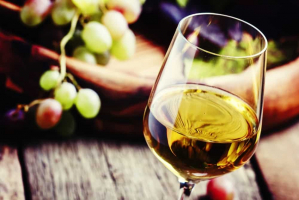Top 15 Most Expensive Cheeses
Cheese connoisseurs know that nothing beats a few pieces of cheese with a glass of your favorite wine at the end of a long day. This soothing ritual, however, ... read more...comes at a high cost, with some of the cheeses on our list costing hundreds of dollars per pound. Still, if you're a cheese connoisseur, you should put these 15 most expensive cheeses on your bucket list.
-
Pule, also known as donkey cheese, is the world's most expensive cheese, selling for $600 or more per pound. It's only produced by one farm in the world, in the Zasavica Special Nature Reserve in Serbia, so you'll have to travel quite a distance to try it. Since the 1700s, the same recipe has been used to make Pule.
Three times a day, the donkeys must be milked by hand, and each milking yields little milk, less than a gallon per day from 15 animals. A pound of cheese necessitates more than three gallons of milk.
There are only 130 milk-producing jennies in the small herd. Donkey milk has 60 times the Vitamin C content of cow's milk but only 1% of the fat content. Cleopatra is said to have bathed in it because of its health and beauty benefits.
Pule has a soft, crumbly texture and a slightly sweet, nutty flavor that some compare to Spanish Manchego or Gruyere, but with a richer, more complex flavor. It's not widely available, but if you get the chance, try a bite of the world's most expensive cheese.
Price: Around $600 per pound, but on the open market, it can reach $1,300.
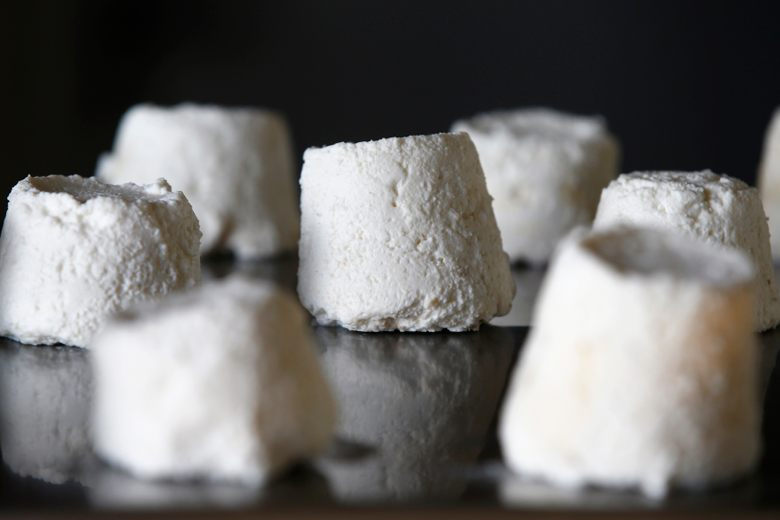
atlasobscura.com 
baophapluat.vn -
The Moose House in Bjurholm, Sweden, makes four cheese varieties from the milk of three sibling moose (they are known as elk in most of Europe). They only lactate from May to September, producing about five liters of milk per day.
Perhaps it's because milking a moose is difficult, or because the season is short, but the four types of cheese produced by the Johansson family on their Moose House farm are really only available close to home and at select local restaurants. If you're in the neighborhood, the Johanssons will give you a tour of the farm.
The three moose, named Gullan, Haelga, and Juno, were abandoned by their mother and adopted by the family. Regardless of their size, they must be handled with care, particularly during milking, or they will become disturbed. This has the potential to deplete the milk supply. Cheeses similar to Camembert are made from high-protein moose milk with a fat content of about 12%.
The farm also produces a traditional blue cheese, a dried blue cheese, and oil-preserved smooth-textured feta. The Johansson farm is the only producer of moose cheese in the world, and its annual cheese offering is approximately 650 pounds.
Price: Up to $500 per pound
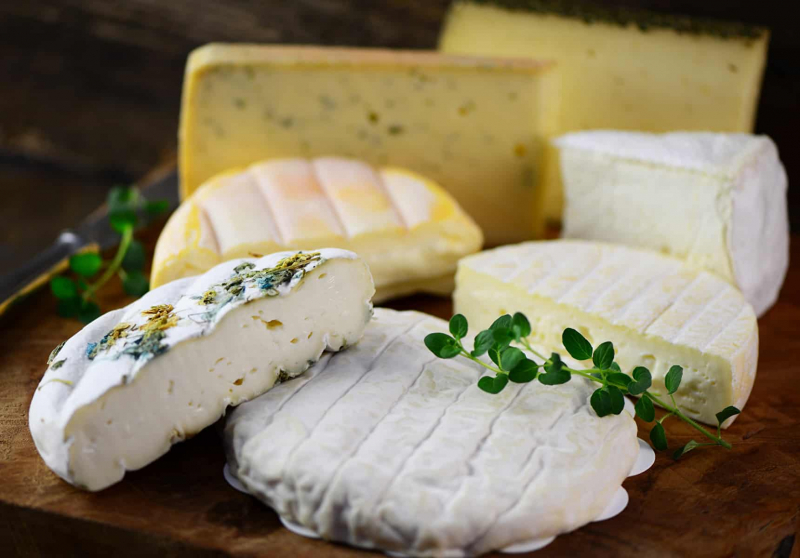
itsfoodtastic.com 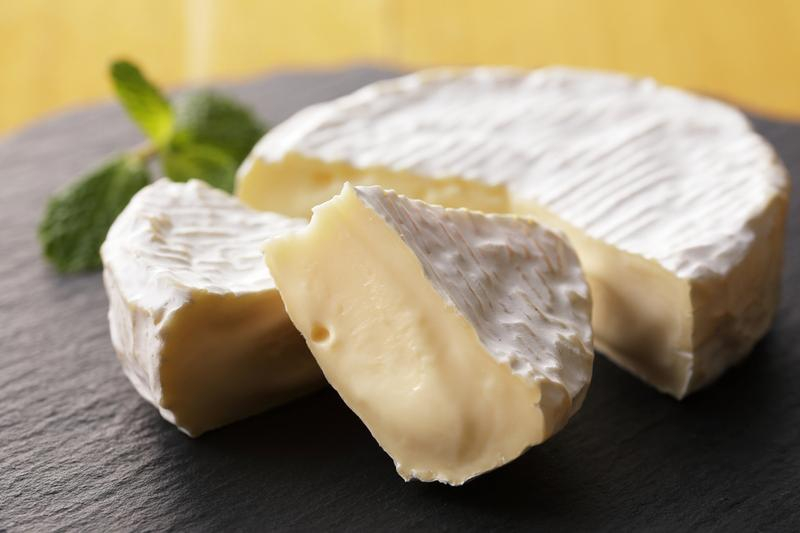
worldfood.guide -
If money is no object, this British "blue cheese" with gleaming flecks of edible gold leaf is what you'll want to make a lasting visual impression with. Only six creameries in the United Kingdom are licensed to produce White Stilton Gold, which is protected under European law (PDO, or protected designation of origin) and is only produced in three counties: Derbyshire, Leicestershire, and Nottinghamshire. This upscale Stilton is made with local pasteurized cow's milk.
It is unpressed, has its own crust, and the traditional cylindrical shape as well as the "typical" Stilton taste. The more common blue-veined cheese is made by piercing the crust and allowing air into the cylinder's core. Although many countries now make blue cheese in similar ways, traditional British Stilton is known for its distinct aroma and flavor. Gold-veined Stilton is famous for both, as well as its cost!
Price: Approximately $400 per pound.
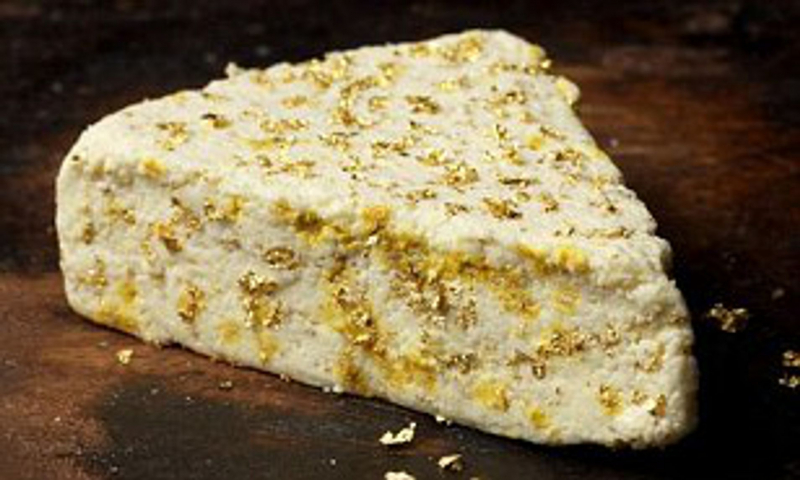
dailymail.co.uk 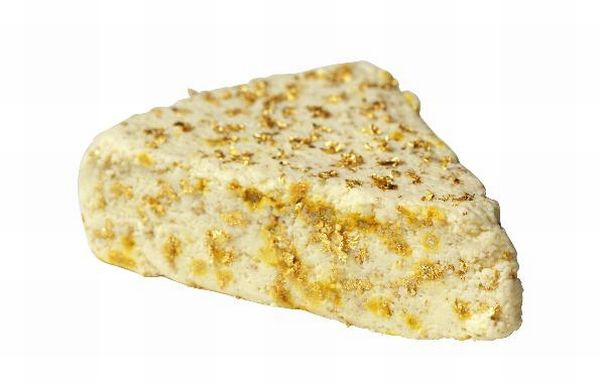
http://elitechoice.org/ -
Toplist ranks Wyke Farm Cheddar, a type of cow's milk cheese produced in the county of Somerset in Southwest England, fourth on the list of the most expensive cheeses. This popular cheese has been made at Wyke Farms since 1861, and Ivy Wyke's delicious recipe remains a closely guarded secret to this day.
For over 200 years, the Clothier family has farmed the Somerset countryside. Ivy Clothier created the original cheese recipe as a hobby. She made cheese from her husband's first cow herd. The recipe became well-known in the community, and she later purchased milk from other farms. She received numerous awards for her cheese, the first of which was in 1952. Today, Ivy's recipe is still used. In 1980, Ivy's son, John Clothier, left Tom Clothier and his sons to found the Wyke Farmhouse Cheddar company, but by 1992, the brand name had been changed to Wyke Farms because it fit better in the packaging. Wyke Farms now exports cheese to over 150 countries and has a turnover of more than £100 million.
The best-tasting cheddar available, and it will set you back around $200 per pound. Wyke Farms Cheddar is available both online and in stores. The brand is also available in 150 countries around the world, and you can order directly from their website at https://wykefarms.com/products/.
Price: About $200 per pound
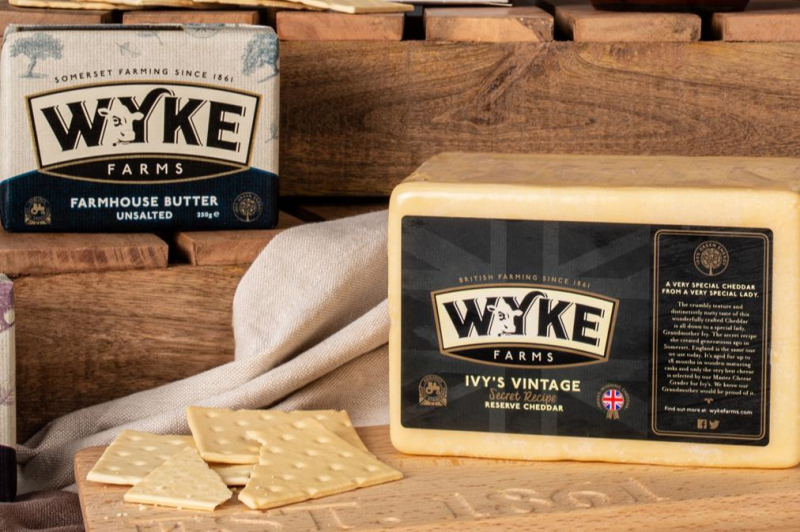
thegrocer.co.uk 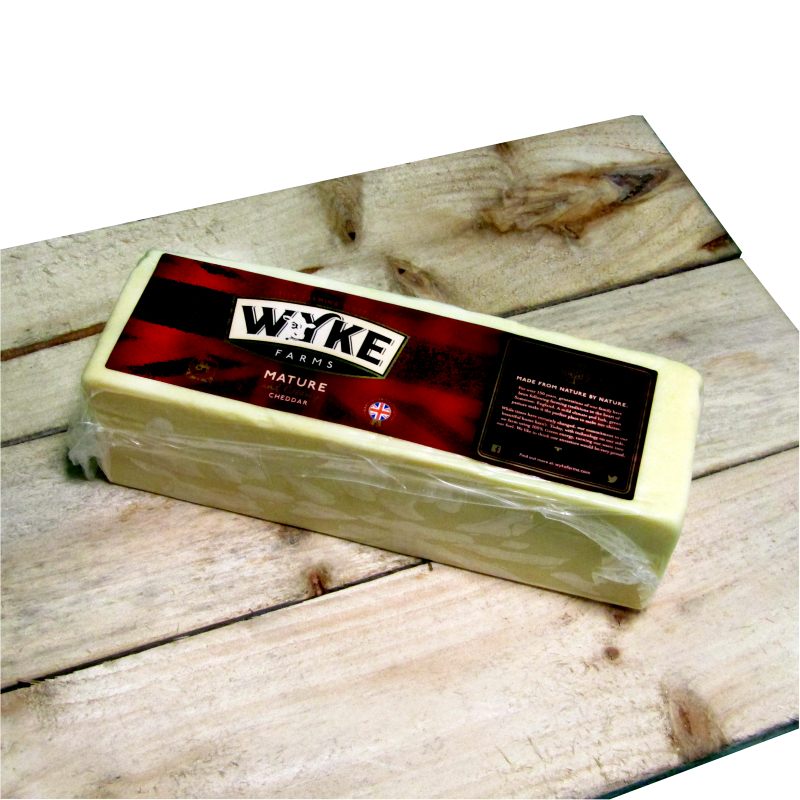
willerseyprovisions.co.uk -
Bitto Storico, another cheese produced in only one location in the world, comes from the Valtelina Valley in Italy. The cheese's flavor varies with the season and is made from the milk of cows that graze the mountain pastures and the Bitto River Valley.
Bitto Storica is aged for up to ten years and contains between 10% and 20% Orobica goat's milk from the Bergamo Alps. If you visit the small town of Gerolo Alta, you can sample various vintages of the storied cheese. If you enjoy cheese, the trip is well worth it!
To begin the process, the 12 cheesemakers who make Bitto Storico still use copper cauldrons set on wood fires on the mountainside. The cows receive no additional feed, and the cheese contains no additives. Only from June 1 to September 30 is cheese produced, and it must be aged for a minimum of 70 days, though longer aging, up to ten years, is more common. Slow Food Italy honored Bitto Storico in 2003 for adhering to its historical traditions.
This is not the same as traditional Bitto Storico. Bitto DOP, a PDO variety, can also be found in the same valley and can be ordered online. It is, however, made using modern methods that allow for additives and cow feed to ensure that every wheel has a consistent flavor.
Price: About $150 per pound
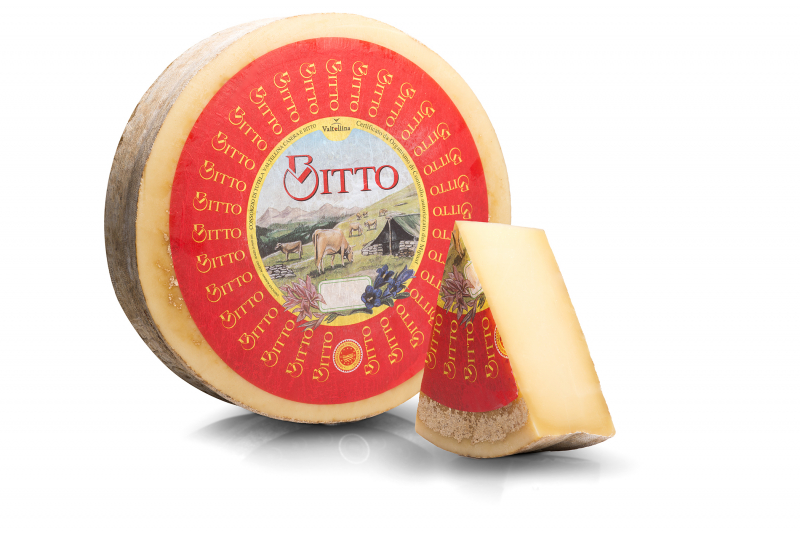
en.wikipedia.org 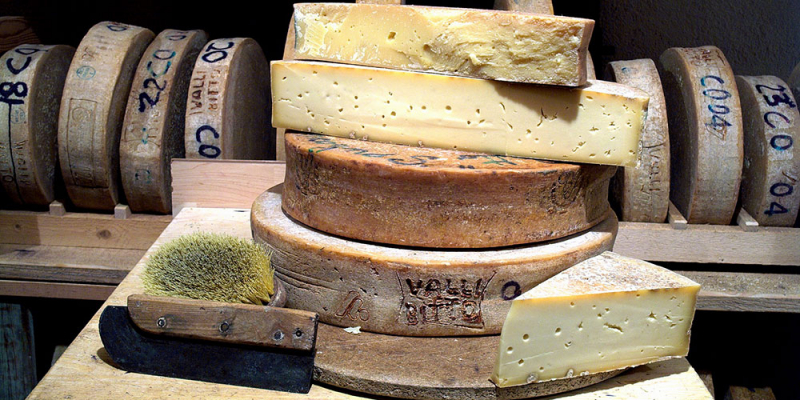
m.sworld.co.uk -
The Italian name of the Caciocavallo Podolico literally means "horse cheese". Although horse milk cheese is not uncommon, particularly in Central Asia, it is not a market favorite. In fact, Horse Cheese is a type of Italian cheese made from cow's milk.
This unusually named and pricey cheese is made by Podolica cows, a rare Italian breed that only lactates in May and June. Despite the fact that the breed is hardy and the cheese is produced in several regions, including Calabria, Bacilicata, Campania, and Puglia, it is still relatively unknown outside of its native Italy. It was once tied together in pairs and strung over poles for curing because it was pear-shaped.
The cheese may have also been hung around the neck of a horse for transportation, giving rise to the name. Caciocavallo can be consumed after about three months of aging, but it has a deeper color and a firmer texture after two to three years. Sicilian chefs love grating it over pasta. It is simply cut into chunks with a parmesan knife and served with fruit or wine in other areas.
It has Slow Food presidium status in Basilicata and is produced in a time-honored manner. Some Italian horse cheese is now shaped into rounds. In Sicily, cheesemakers shape it into rectangles using wooden molds. Caciocavallo is high in Omega 3, making it both nutritionally beneficial and delicious.
Price: About $50 a pound
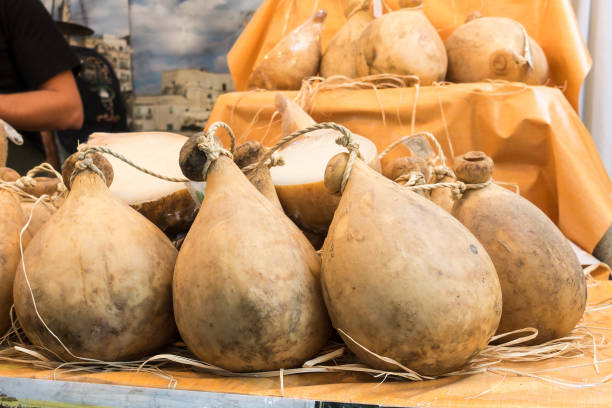
istockphoto.com 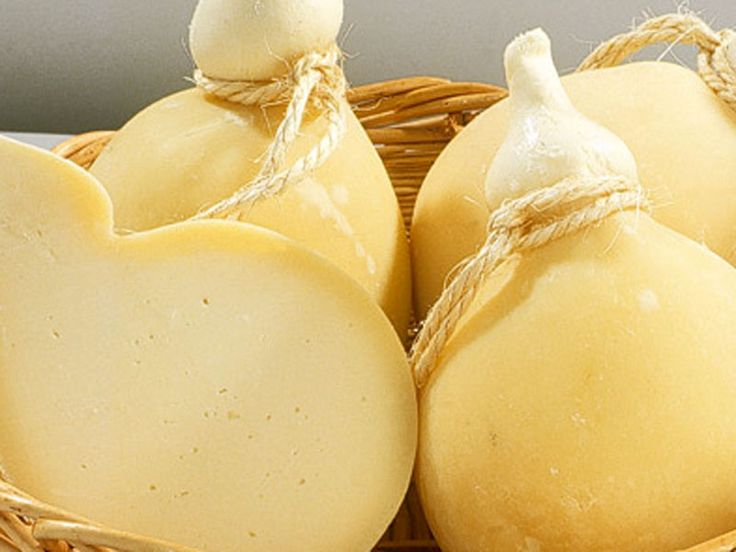
pinterest.com -
Mary Holbrook of Britain's Sleight Farm created Old Ford, a semi-hard, raw goat's milk cheese. Old Ford used to ripen quickly in three months during the summer when temperatures were higher, but it took eight months in the autumn to reveal its best characteristics. Autumn-made cheeses were often quite dense and intense by the time they were sold. With a reasonable price of $50 per pound when compared to other cheeses on Toplist's list of the most expensive cheeses, Old Ford is worth trying at least once. It is actually quite yummy!
Old Ford is made with goat's milk and is hand-pressed. The cheese is firm, crumbly, dense, and savory, and looks coconut-like. Old Ford had a natural brown rind, a delectable crumble, and a savory snowy white interior. Unfortunately, Mary Holbrook died in 2019, and her signature cheese creations are no longer in production.
Price: About $50 per pound
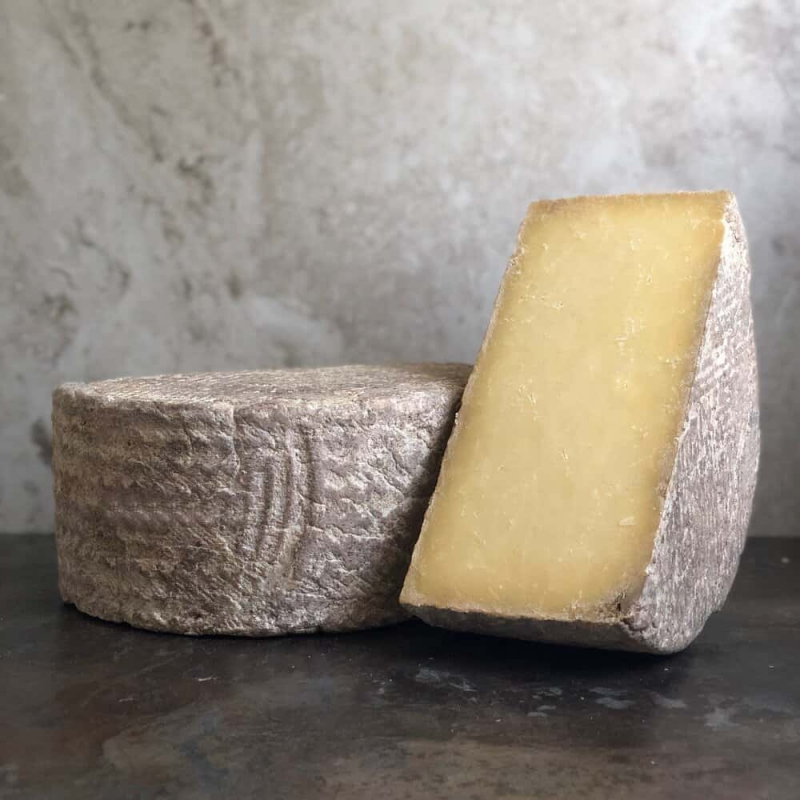
vnluxury.vn 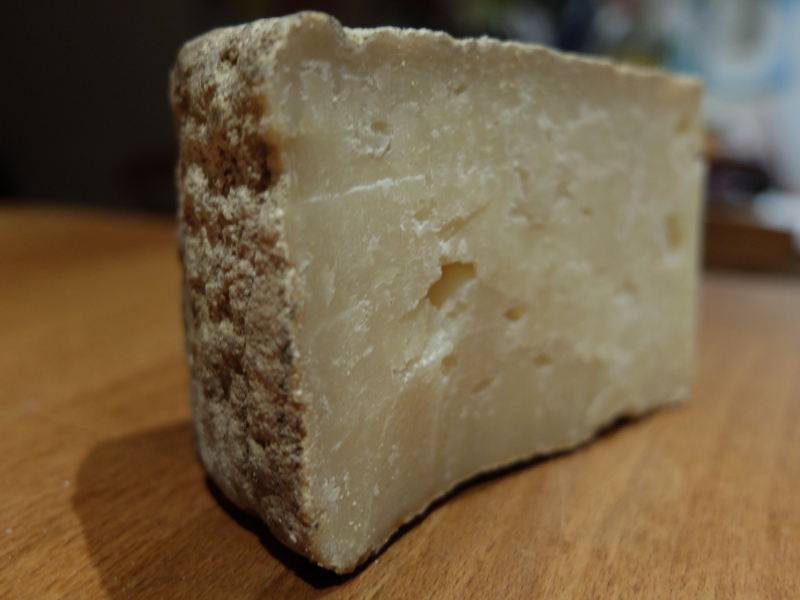
fromagehomage.co.uk -
Another one of the most expensive cheeses is German Époisses. Époisses by Germain is a cow's milk cheese made in Burgundy with the utmost respect for the original recipes. It has a beautiful orange rind that has been washed with Marc de Bourgogne, a local grape spirit. Its creamy center has an intense, one-of-a-kind flavor that pairs exceptionally well with either dry red or white wine. Its flavor is well-balanced, traditional, and fruity. CDO (Controlled Designation of Origin) was granted to Époisses in 1991, followed by PDO (Protected Designation of Origin) in 1996.
If you're new to cheese, be warned that this one has a strong, pungent aroma that you should avoid. However, it's definitely worth giving it a shot, especially since it won't break the bank like some of the other cheeses on this list. It costs approximately $45 per pound and can be purchased from online retailers as well as at your local Auchan or Carrefour store, among others.
Price: About $45 per pound
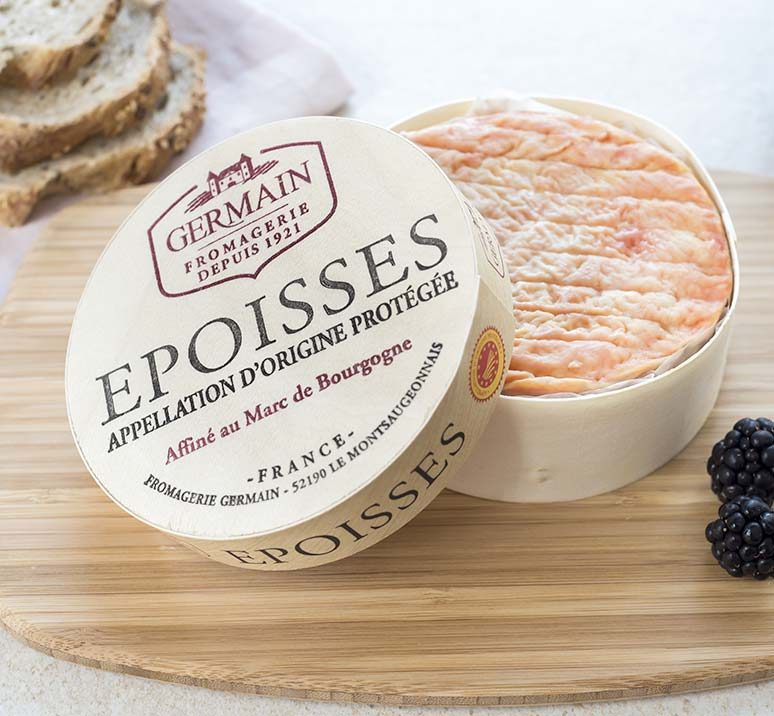
fromagerie-germain.com 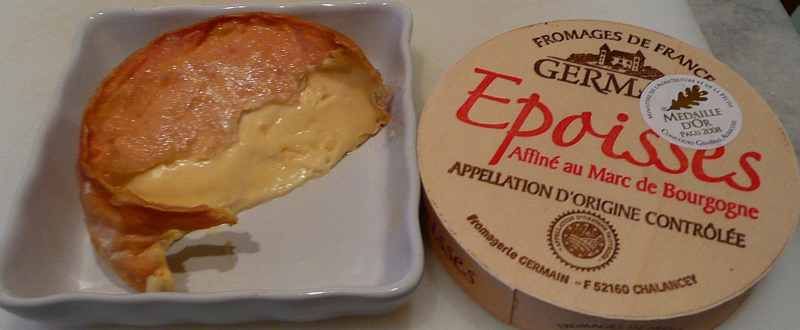
ckenb.blogspot.com -
Jersey Blue cheese is a bit of a rarity among the more expensive cheeses, and it is anything but traditional. A modern take on an old favorite, it has veins of blue, white, and grey mold running throughout the cheese as well as on its mottled surface. It has only been made by a Swiss cheesemaker since 2006, but it is already a popular product.
It's referred to as an "externally rinded" blue variety because of its rind on the outside. Willi Schmid is the owner of the dairy, which produces more than 20 different types of cheese. In order to determine which cheeses to make, he tastes the raw milk that he obtains from local farmers and makes his decisions. Each round of Jersey Blue, made from raw milk from Jersey cows, weighs approximately four pounds and is shaped into domed rounds about five inches in diameter and five pounds in weight. Hand-ladling curds into a mold to create multiple "pockets" is required for this process to be successful.
Schmid uses two different types of blue mold and allows the cheese to age for approximately ten weeks, during which time the blue mold spreads throughout the paste and coats the rind of the cheese. When the cheese is uncut, it has a slightly musty aroma, which dissipates once the cheese is cut. It can be eaten either fresh or aged; when young, it has a soft, buttery texture; however, as it ages, the flavors become sharper and the veining turns green.
Price: Approximately $45 per pound.
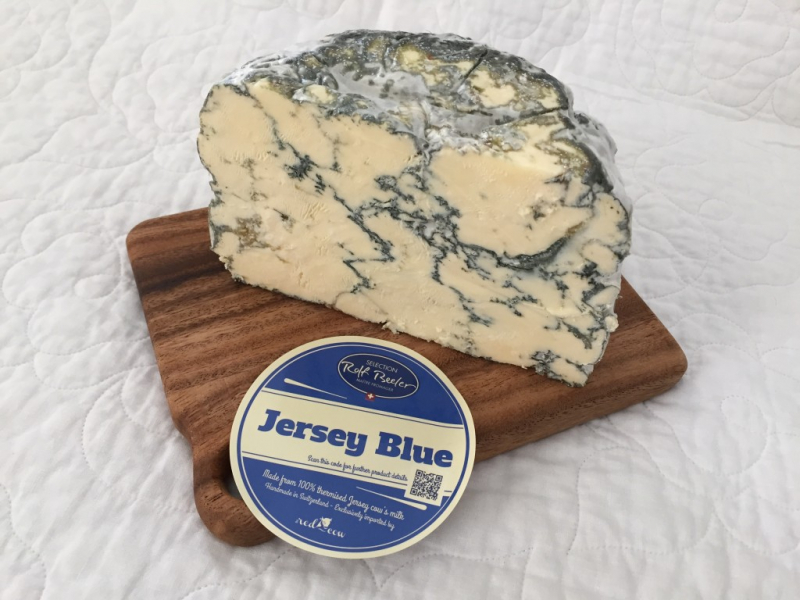
theredcow.com.au 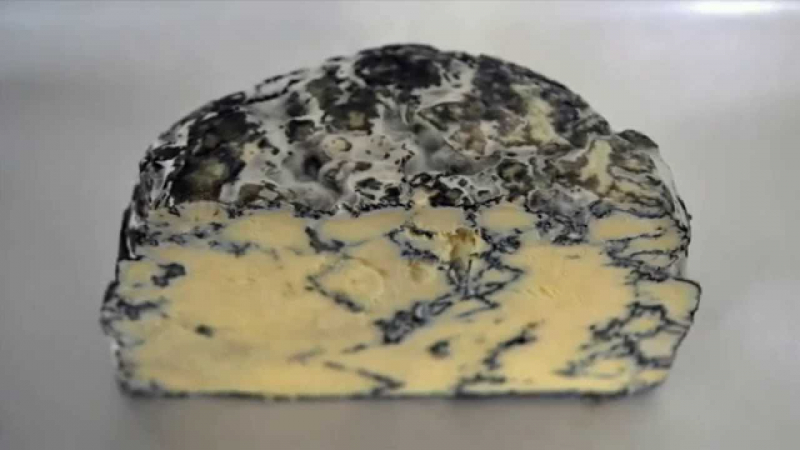
theredcow.com.au -
Cacio Bufala is a type of artisanal cheese made in Italy from pasteurized water buffalo milk. It is one of several such kinds of cheese. It is a traditional delicate, semi-hard white cheese that should not be confused with Caciocavallo de Bufala or Buffalo Mozzarella, both of which are produced in the Campania region near Naples and are considered to be the best in the world.
The cheese, which is traditionally produced in rounds measuring approximately five inches in diameter and weighing slightly more than one pound, is available all year and can be found in most grocery stores. It is preserved in brine for a minimum of 60 days before being harvested. Cacio Bufala, which is sometimes compared to Provolone, is made with natural rennet and salt. A compact cheese with an aromatic scent and a slightly sweet flavor is produced during the maturation process by draining the curd.
It takes eight to twelve months for the cheese produced by the Casa Madaio dairy farm in Campania to mature in natural caves. Another product, marketed by Luigi Guffanti, is made in Bergamo, in the northern Italian region of Lombardy, and is distributed throughout the world. The cheese is versatile enough to pair well with hearty bread as well as a variety of other cuisines. It goes well with white wine, lager, and stout, among other beverages.
Price: Around $45 a pound
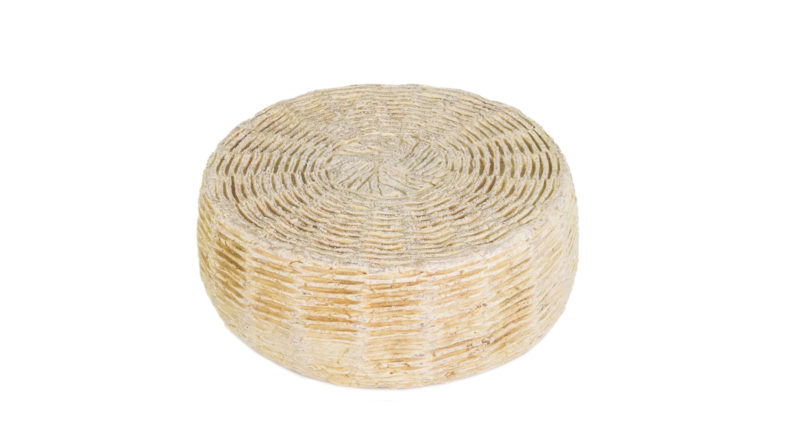
guffantiformaggi.com 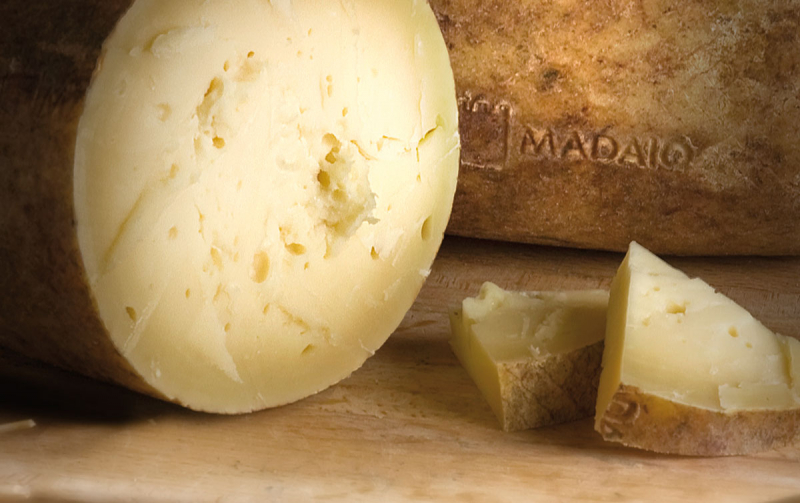
lecheese.app -
Beaufort is a cheese that is popular among turophiles all over the world, and it is prized for its smooth, creamy texture and pale buttery color, as well as its aroma and flavor. Beaufort is made from cow's milk and has a mild flavor. Camembert is a specialty of France's Savoie region, and it is derived from a mountain breed of cow known as the Taurine or Tarentaise.
Since the 17th century, this Alpine region has been producing cheese that is similar to contemporary Beaufort; the cheese was formerly known as Grovire, and its popularity peaked during the French Revolution. The town was renamed Beaufort in 1865, and the cheese industry in the area thrived for another 80 years following that date.
Because of the poor economy in post-World War II Europe, cheesemaking in the Alpine region was almost completely phased out. It wasn't until the formation of the first dairy cooperative in 1961 that there was a resurgence of interest in cheese production.
Since the immediate postwar period, production has increased by a factor of more than ten. The cheese known as Beaufort d'Ete, which is only produced during the summer months, is considered to be among the most expensive in the world. In 2009, Beaufort was designated as a Protected Development Area. During the months of November to May, when the cows in the valley are fed the previous summer's hay, the traditional Beaufort is produced.
In the months of June through November, the cows graze on mountain pastures, and their milk is used to make Beaufort d'Ete and Beaufort Chalet d'Alpage, two more varieties of cheese made with milk from a single managed herd kept at elevations greater than 1,500 meters above sea level. Because it is produced in small quantities, its price is typically slightly higher than that of the others.
Price: $45 per pound.
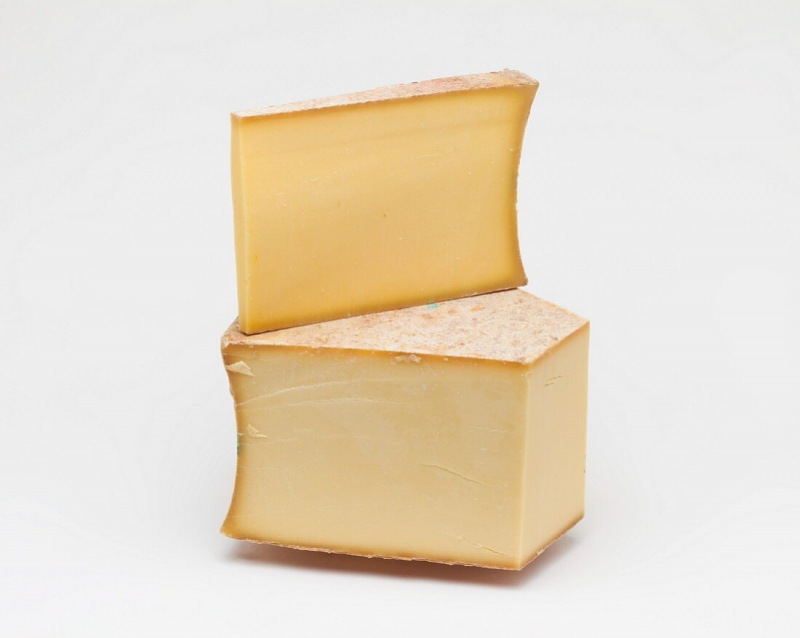
stockfood.ae 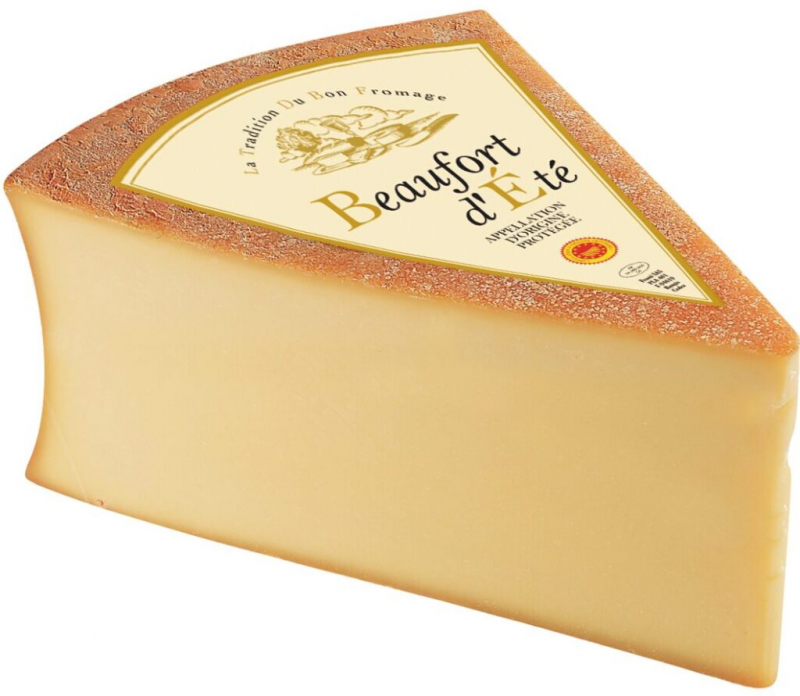
ventured.com -
This American cheese from Oregon is one of only two that deserve to be included on the list of high-priced cheeses because of its exceptional quality. Grants Pass-based Rogue Creamery, which is a certified organic dairy, makes the product in question. Its cows graze on 68 acres of land, and the company's iconic blue cheese is now sold in markets all over the world.
The creamery operates in strict accordance with goals that today include environmental health, animal welfare, and economic equity, amongst other considerations. The creamery, which first opened its doors in the 1930s, produced more than one million pounds of cheddar to supply American troops serving overseas during World War II. Later on, it became a major supplier of cottage cheese to the state of Oregon.
When the company later shifted its focus to the production of artisan blue cheese, the decision was met with some skepticism. However, in 2003, Rogue River Blue was awarded the title of "World's Best Blue" in London, and in 2009, Rogue River Blue was awarded the Best of Show Award in Austin, Texas, respectively. Four trophies and more than 30 medals and awards have been presented to the company as evidence of its achievements.
Price: $40 a pound.
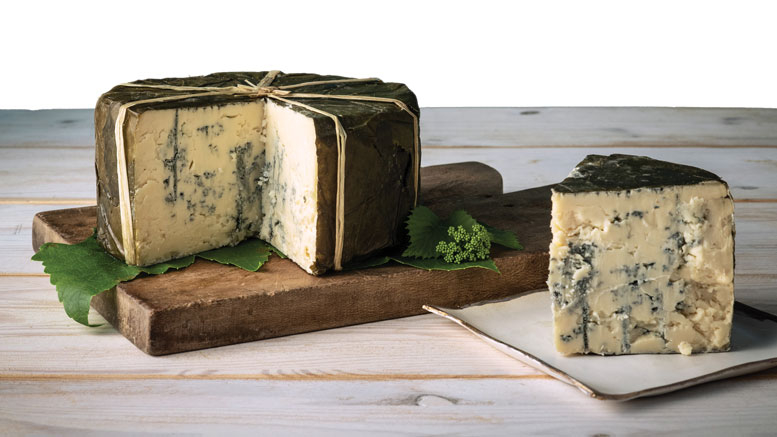
cheeseconnoisseur.com 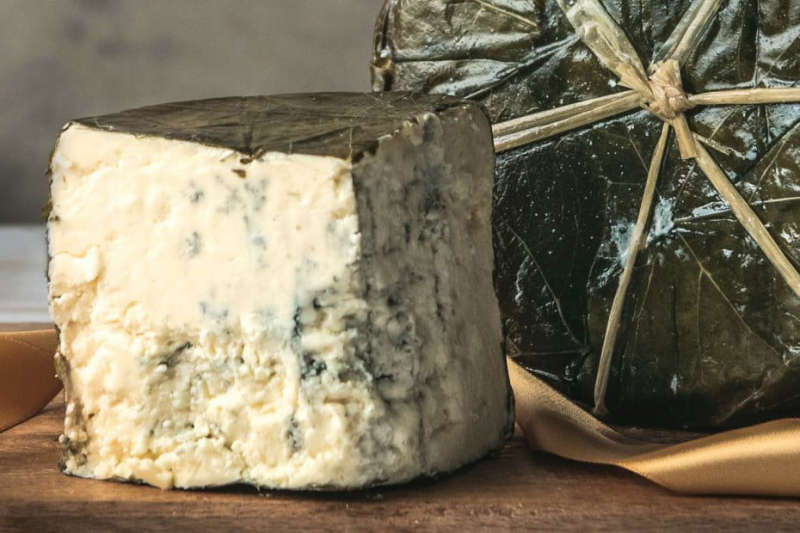
themanual.com -
This intriguing variety of cheese, made with cow's milk and referred to as a "complicated" cheese, is a product of Bourgogne and is another example of a cheese that has been granted PDO status. Only a small, tightly controlled region in France has been granted the right to use the name.
Epoisses de Bourgogne is said to have originated with the monks at the Abbaye de Citeaux, and Napoleon is said to have been "partially addicted" to it, pairing it with Chambertin wine. It is not a "mainstream" type of cheese, and it was on the verge of extinction when production was halted during the World War II period. However, it was not until 1946 that two families in Bourgogne resurrected the tradition. It has a pungent flavor and a fine, pate-like texture, with layers of flavor that are distinct in their sweet, salty, and creamy layers.
In addition, the rind has been washed in a wine residue known as Marc, which gives it an unusual appearance and flavor that is hard to describe. In contrast to many of the more expensive cheeses on the list, it is typically sold in small containers and can be purchased in the United States from a variety of sources, including Di Bruno Bros., local specialty food retailers, Walmart, Amazon and among others.
Price: About $45 a pound
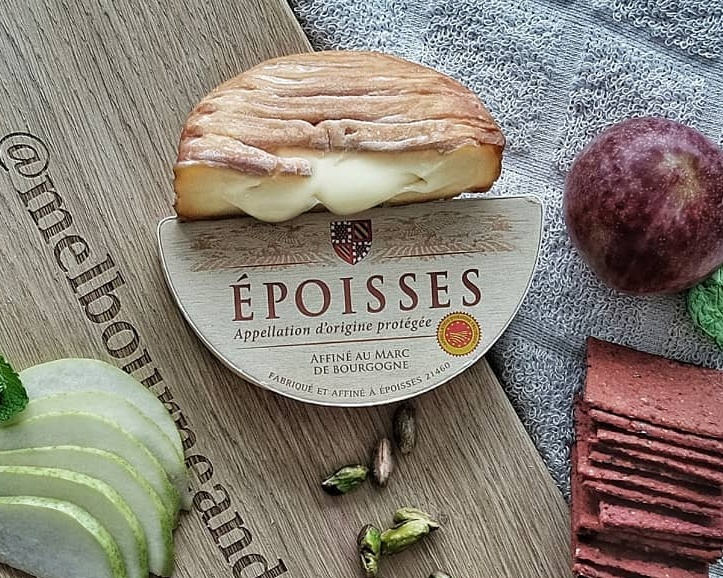
thecheeseatlas.com 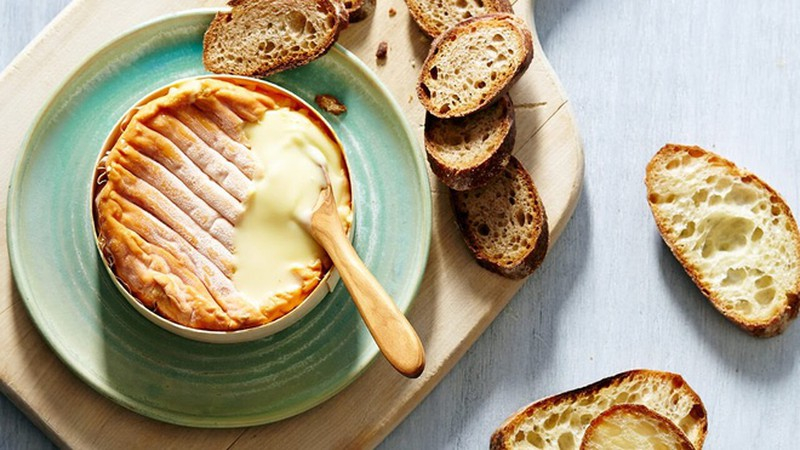
kienthuc.net.vn -
Gorau Glas is a high-end cheese produced in Anglesey, Wales, from a family herd of dairy cows at the Caws Gorau Glas farm. It has won numerous awards for its quality. Making this cheese was a complete accident, as it turned out. The cheese was accidentally created by a farmer's wife, and it was once the most expensive cheese in the world, costing twice as much as regular cheese. Following Margaret's attendance at a cheese-making course that was originally intended for her son, a happy incident occurred. In the beginning, the Gorau Glas was sold for 27 pounds per kilogram; however, it is now being sold for $40 per pound! Margaret claims that the high-quality ingredients used in the production of the cheese, as well as the time-consuming labor required, are the reasons for its high price.
Despite the fact that it has lost its former position as the most expensive cheese produced in the United Kingdom, Gorau Glas is still regarded as a highly regarded cheese among blue varieties, both in terms of taste and aesthetics. The ingredients, manufacturing processes, and distribution of this product are all closely monitored. It is a traditional soft blue with prominent veins that give it its distinctive veining appearance. The residents, as well as the upscale restaurants, are enthusiastic about it.
Price: $40 a pound
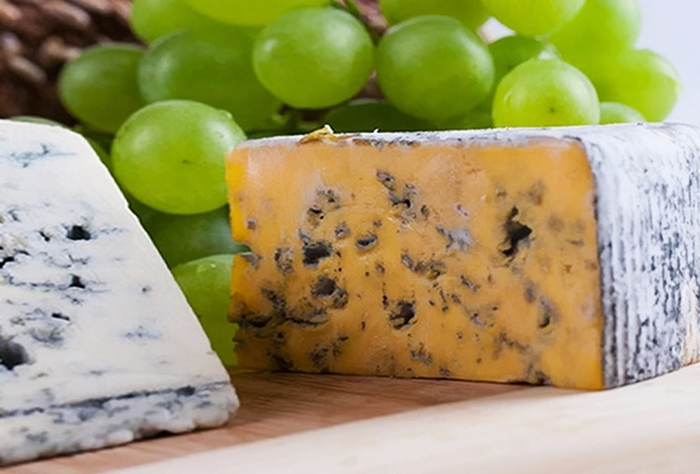
alux.com 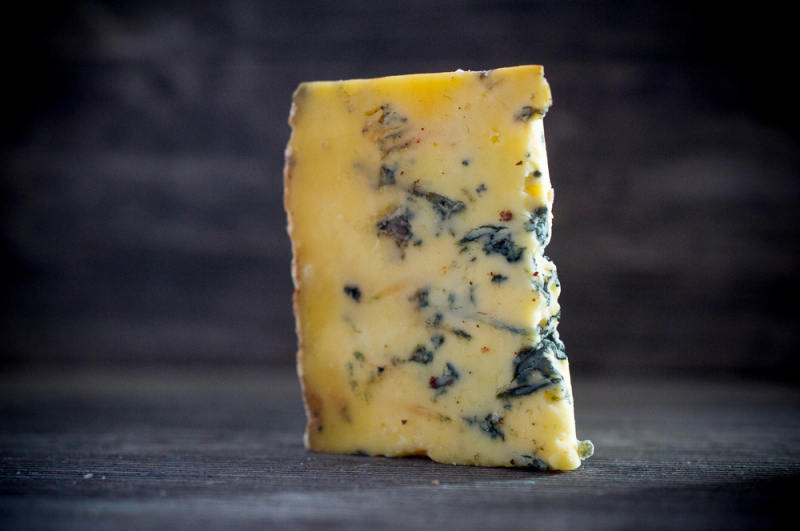
https://ventured.com/ -
The final cheese on our list of most expensive cheeses comes from another American producer, this time Jasper Hill Farm in Greensboro, Vermont, which produces artisanal cheese. There are 12 different kinds of cheese produced by a single herd of cows on the farm, and Winnimere is just one of them. Besides dry-cured salami, sausages, and bacon, Jasper Hill also offers a variety of deli meats.
The dairy operation is one-of-a-kind because it includes an on-site creamery as well as an underground aging facility that serves not only the needs of the dairy but also those of other local farmers. A portion of the leftover whey from the cheesemaking operation is used to feed heritage pigs that live in the surrounding woodlands. Besides a cropping center, the integrated operation also includes a nutrient recapture system, which is referred to as "the green machine."
Winnimere is a soft cheese that is only made during the winter months from raw milk from hay-fed cows. It is produced in small quantities. During the aging process, the young cheese is wrapped in the inner bark of the spruce tree and washed with salt brine to prevent mold growth. It is spoonable after 60 days and is said to have a flavor of bacon, sweet cream, and spruce in it. It was awarded the Best of Show Award by the American Cheese Society in 2013.
Price: $30 per pound.
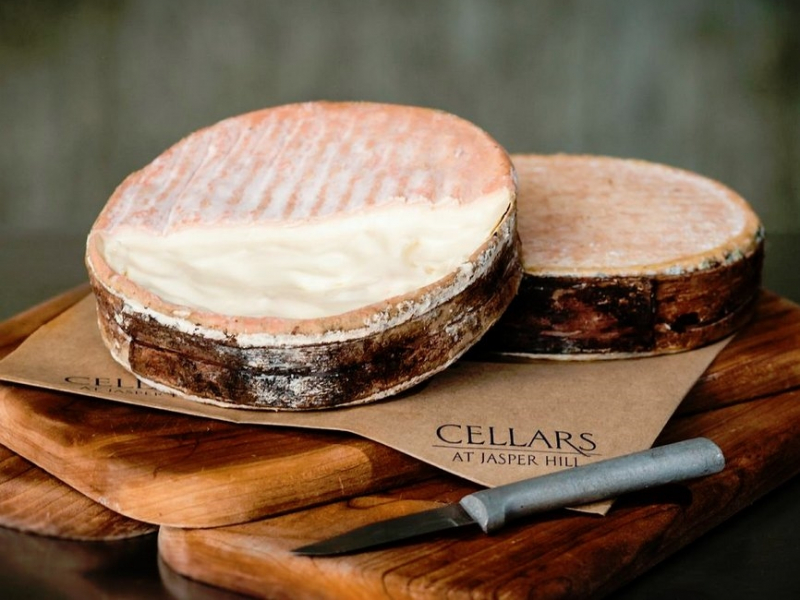
jasperhillfarm.com 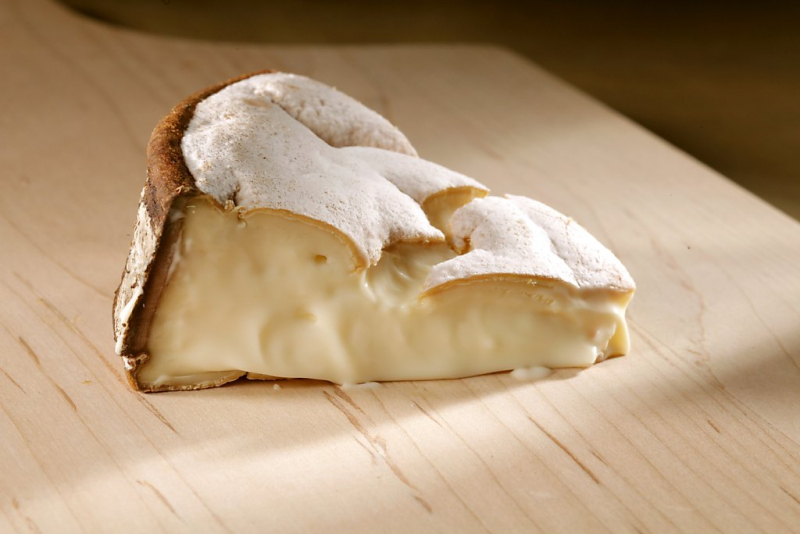
sfgate.com
























